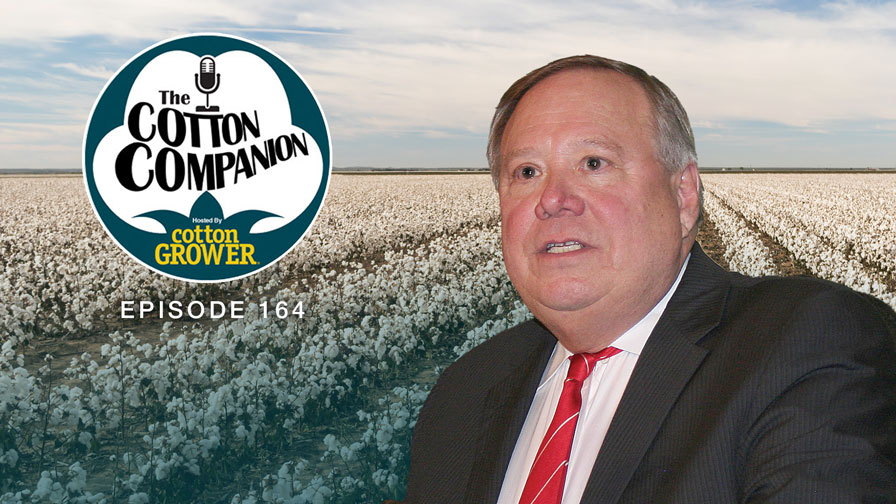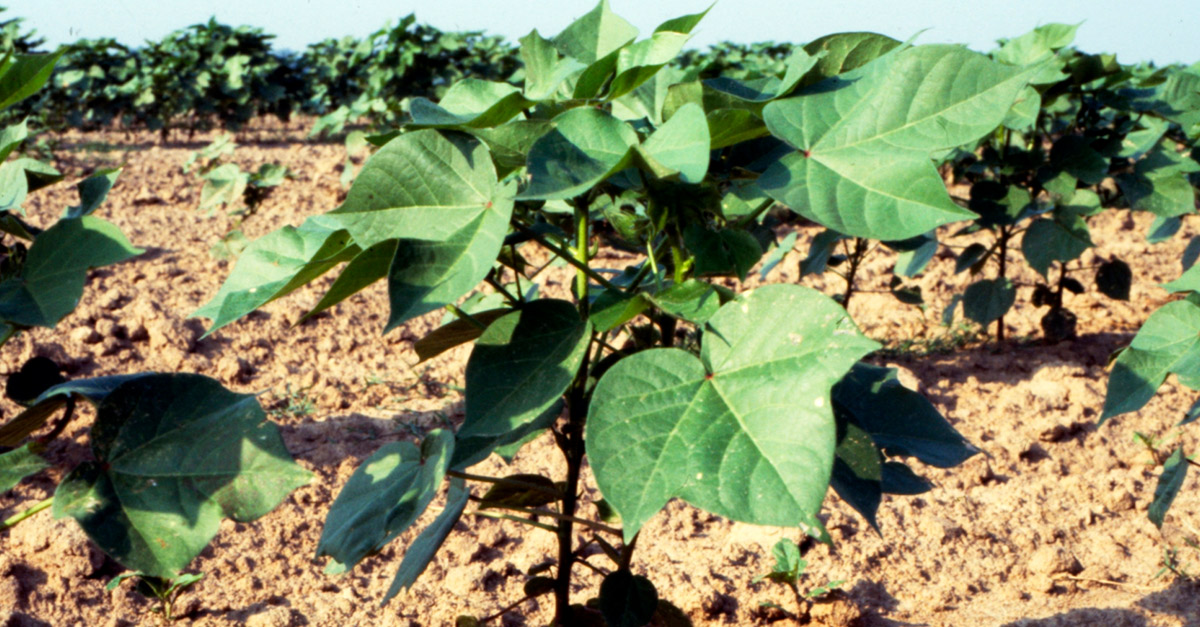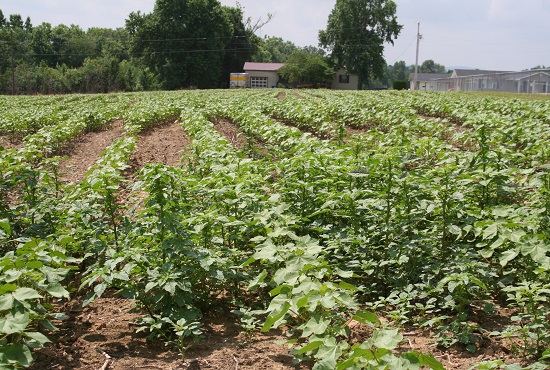January to May: How Cotton Went From Good to Great
During his remarks at the Beltwide Cotton Conferences in New Orleans in January, Dr. Gary Adams, National Cotton Council Vice President of Economics and Policy Analysis, said it was nice to be able to stand before the gathering when conditions were much better than they were the previous year.
In January, projected acreage was about a million acres above what it was the previous year. Also at that time, projected U.S. carryover was at 4.5 million bales, less than half of what it was two years prior.
Now, acreage could be 2 million acres higher than it was last year and projected carryover has dropped to 3 million bales. Even with increased acreage, there is no margin for error with this year’s crop.
“It’s as tight as we’ve had in a while,” Adams said in mid-April. “Prices are going to be very sensitive to any weather development as we go through the year. We were running the updated acreage using our own estimates on yield trends and abandonment, and this kind of acreage has the potential for approximately 16 million bales (of production).
“Having said that, I don’t necessarily think it changes the stocks situation much, because that may very well be in line with offtake in the 2010 marketing year,” he continues. “So even if we stay with the trends and the weather cooperates, I don’t think we’re looking at a tremendous rebuilding of stocks in the 2010 year. We’ll probably hold fairly steady on the stocks level.”
Adams says the market is going to be paying a lot of attention to what happens through the growing season, but at least for right now, growers have to like where they are: “Moisture levels are in good shape, and I think most growers are encouraged by how they’re starting the year.”
But Adams warns that the industry should keep a keen eye on demand.
“We have to pay attention to demand moving forward and watch for continued economic recovery,” he explains. “You have the potential for huge international crops that could be a negative for prices. But at least that’s not how things are stacking up.”
As a follow up to the May cover story, we examined the much needed relief for the ginning industry, which can be found. We also talked with Wally Darneille of the Plains Cotton Cooperative Association on the implications of added acreage. That interview can be found.








